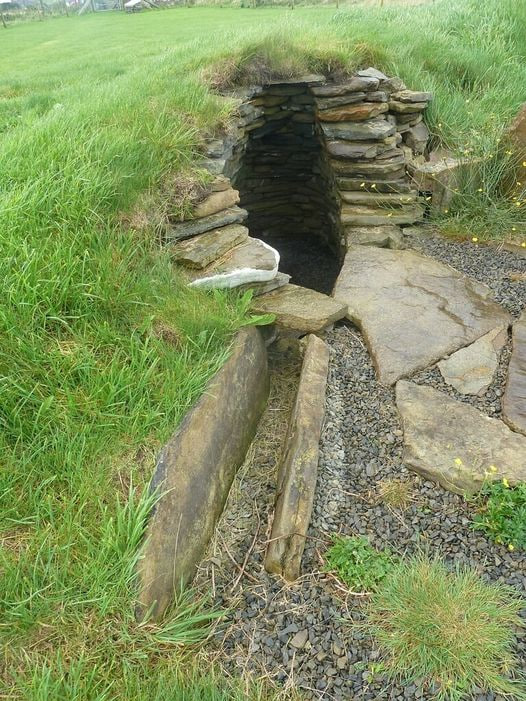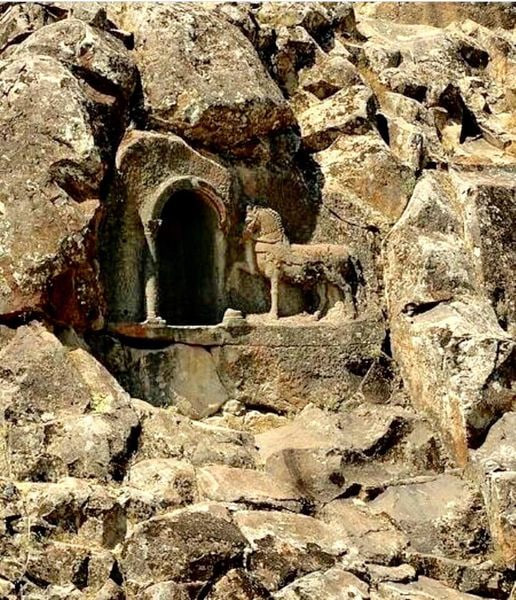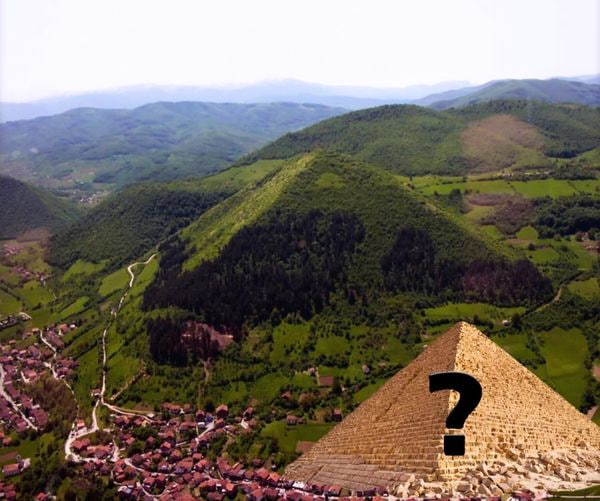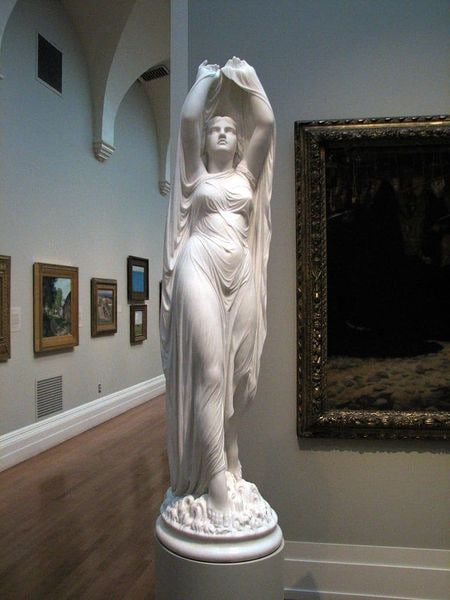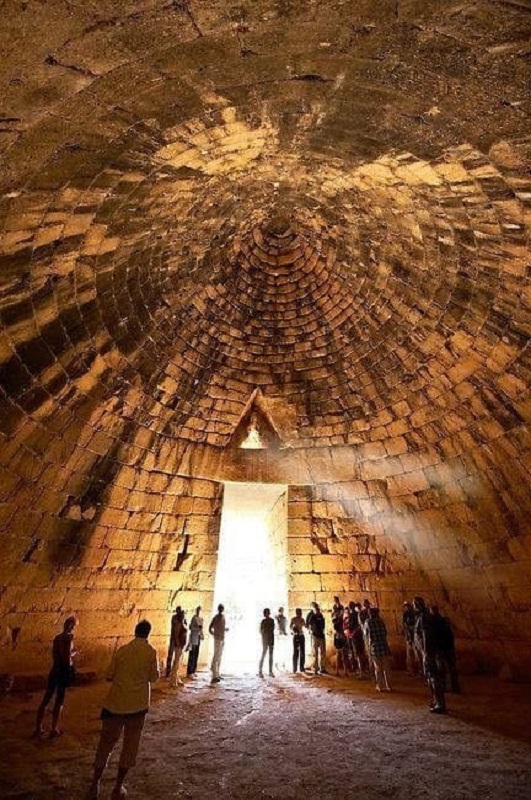In the heart of Rome's bustling city center, amidst the vibrant energy of Piazza Navona, lies a hidden gem of ancient history—the Stadium of Domitian. Originally constructed by the Emperor Domitian in the 1st century A.D., this monumental structure once served as a centerpiece of Roman entertainment and athletic competition. Today, as visitors stroll through the bustling piazza, they are greeted by the remnants of this majestic stadium, offering a tantalizing glimpse into the grandeur of ancient Rome.
Historical Context
The Stadium of Domitian, also known as the Circus Agonalis, was built on the site of an earlier stadium commissioned by Emperor Domitian's predecessor, Emperor Nero. Stretching nearly 275 meters in length and 106 meters in width, the stadium was a marvel of Roman engineering, capable of accommodating tens of thousands of spectators eager to witness chariot races, athletic contests, and other grand spectacles.
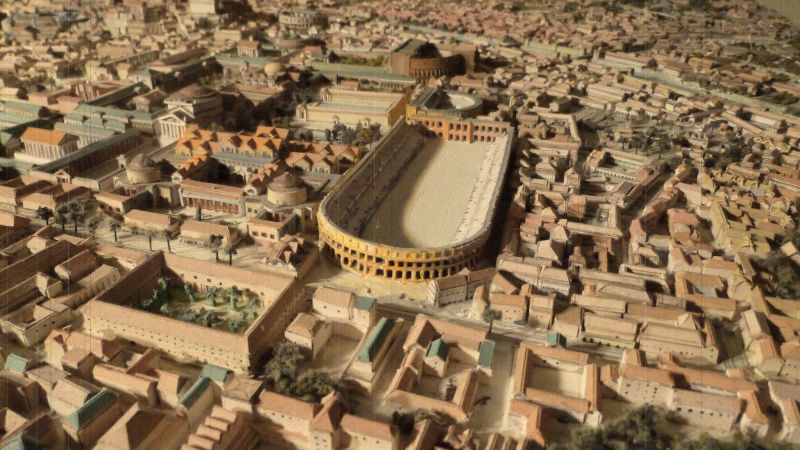
Architectural Marvel
Despite the passage of centuries, the Stadium of Domitian continues to impress with its architectural grandeur. Constructed primarily of brick and concrete, the stadium featured a massive elliptical arena surrounded by tiered seating for spectators. The remains of the stadium's seating area can still be seen today, as well as sections of the original travertine facade that once adorned its exterior.

Transformation into Piazza Navona
Following the fall of the Roman Empire, the Stadium of Domitian fell into disrepair and was eventually abandoned. In the 15th century, Pope Innocent X undertook a monumental project to transform the site into the bustling public square known as Piazza Navona. Despite extensive renovations and construction, elements of the original stadium, such as the curved shape of the piazza, remain visible, serving as a reminder of its ancient past.
Cultural Legacy
Today, Piazza Navona stands as a testament to the enduring legacy of the Stadium of Domitian and the rich cultural heritage of Rome. The bustling square is adorned with magnificent fountains, majestic palaces, and lively cafes, attracting visitors from around the world. As tourists meander through the piazza, they are invited to imagine the grandeur of ancient Rome and the spectacles that once unfolded within the walls of the stadium.
Conclusion
The Stadium of Domitian in Piazza Navona stands as a symbol of Rome's timeless allure and historical significance. From its origins as a center of Roman entertainment to its transformation into a vibrant public square, the stadium has witnessed centuries of change and adaptation. As we marvel at its architectural remains and soak in the atmosphere of Piazza Navona, let us also reflect on the enduring legacy of ancient Rome and the timeless beauty of its monumental achievements.






